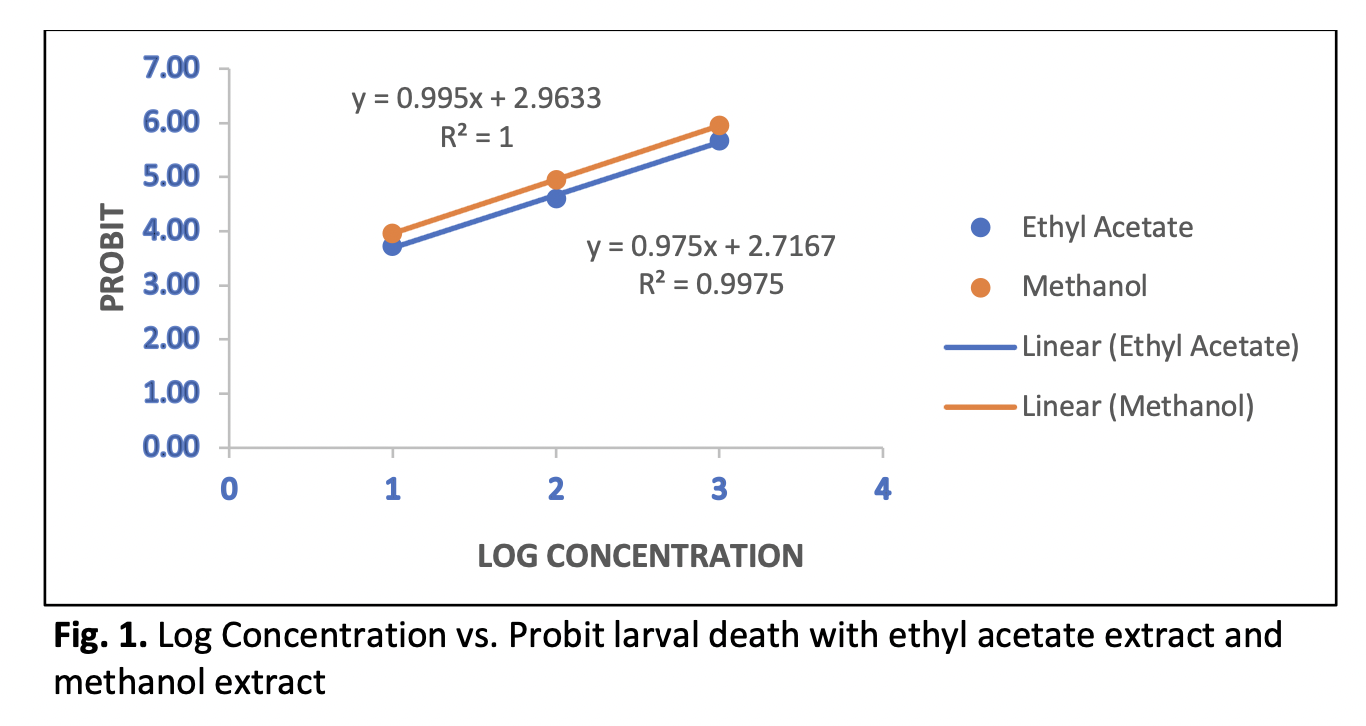BSLT and DPPH Methods to Determine the Potential Toxicity of Archidendron Pauciflorum Skin to Artemia Salina and the Antioxidant Potential as an Early Exploration of Anti-Cancer Drugs
DOI:
https://doi.org/10.37934/araset.43.1.201210Keywords:
Archidendron pauciflorum, BSLT, Toxicity, Artemia salina, DPPH, InhibitionAbstract
Archidendron pauciflorum skin is a dense waste that pollutes the environment and can be a problem if not properly cleaned. According to previous research, Archidendron pauciflorum skin has a very high potential because it contains flavonoid components and polyphenols with anti-cancer and antibacterial properties. To evaluate the toxicity activity with the BSLT Method and the antioxidant DPPH Method, the scalp is cut into small pieces, dried in the oven at 60 °C, and then macerated for 24 hours in a mixture of methanol and ethyl acetate solvents as well as hexane to produce polar, semipolar, and non-polar chemicals. The fibre from each solvent is collected, and the rotary evaporator is used to evaporate it until a thick extract is produced. According to the final findings of the study, the LC50 value (μg/mL) for each solvent is: the methanol value is 111 ppm, while ethyl acetate is 192 ppm. While for the test of antioxidant activity, significant results were obtained on the methanol solvent with an IC50 value of 51.13 μg/mL The conclusion of this study is that the 24-hour maceration period is the most efficient solvent for toxicity to Artemia salina and antioxidants to continue further research in the search for anti-cancer drugs.
Downloads





























